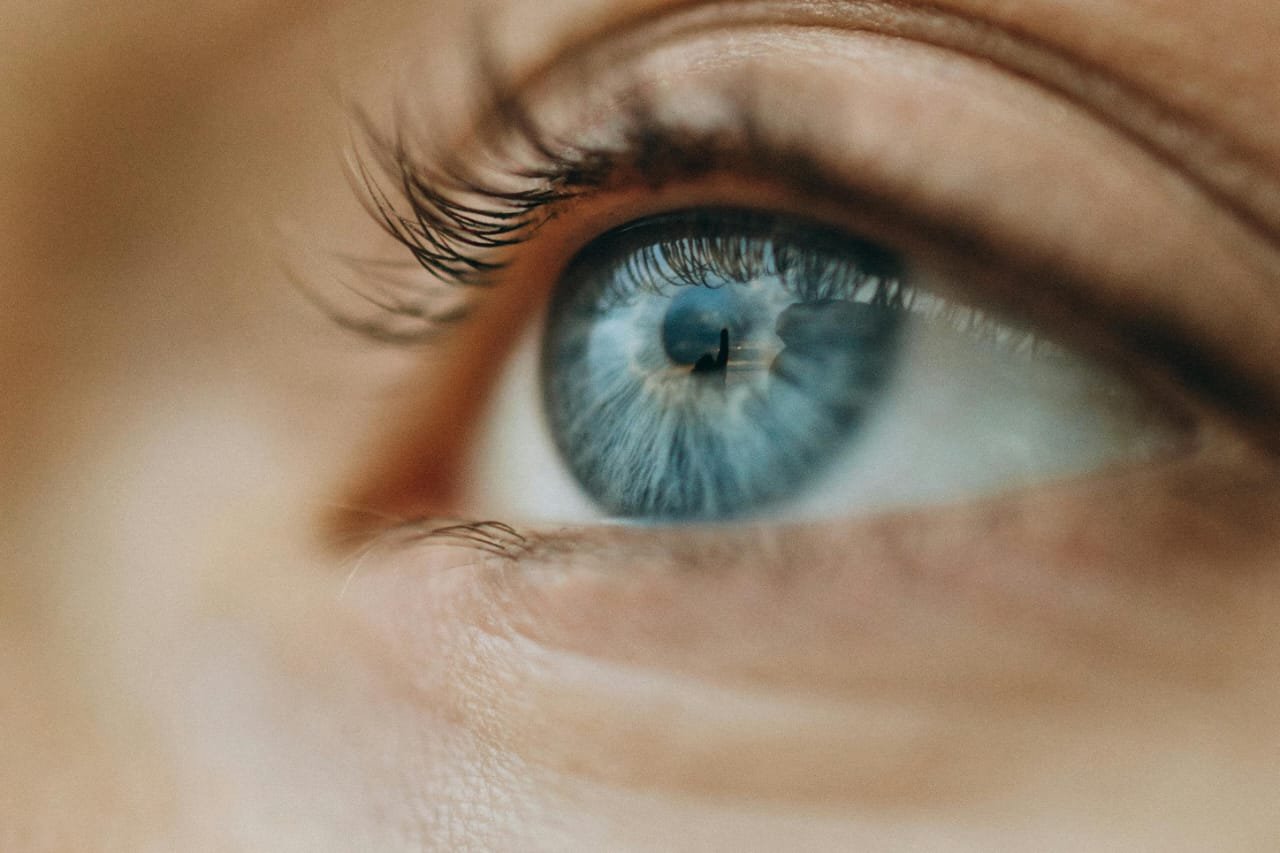
Under-eye bags. We’ve all been there. Whether it’s from sleepless nights, endless Zoom calls, or just genetics, those pesky puffiness and dark circles seem to show up at the most inconvenient times. For years, the go-to solutions have been concealers, cooling gels, or even cucumber slices. But recently, a new contender has entered the chat: red light skin therapy.
You’ve probably seen it all over your Instagram feed, touted as a skincare superhero for everything from acne to wrinkles. But can red light therapy really help with under-eye bags? Or is this just another over-hyped trend? Let’s break it down.
What Causes Under-Eye Bags and Dark Circles?
Before we dive into how red light therapy works, it’s important to understand why under-eye bags and dark circles happen in the first place. Here are the usual suspects:
- Fluid Retention: Often caused by poor circulation, salty foods, or lack of sleep, fluid builds up under your eyes, leading to puffiness.
- Thinning Skin: As we age, the skin under our eyes becomes thinner, making blood vessels more visible and creating the appearance of dark circles.
- Pigmentation: Genetics or exposure to the sun can lead to hyperpigmentation, which shows up as dark patches under the eyes.
- Fat Movement: Over time, the fat that supports the eye can shift downward, creating a hollow, shadowed look.
While traditional remedies can help temporarily, many don’t address the root cause—poor circulation and a lack of skin regeneration. That’s where red light therapy comes in.
What is Red Light Therapy?
If you’re not familiar with red light therapy, here’s a quick 101. It’s a non-invasive treatment that uses low-level red and near-infrared light to penetrate the skin’s layers. This light stimulates cellular activity, promoting collagen production, improving circulation, and reducing inflammation.
Here’s what the science says:
- A study published in Photomedicine and Laser Surgery found that red light therapy significantly improved skin tone and texture over 12 weeks.
- Another study in Lasers in Surgery and Medicine highlighted its ability to reduce inflammation and improve microcirculation in treated areas.
Essentially, red light therapy works at the cellular level to help your skin repair itself—making it a compelling option for addressing under-eye issues.
How Red Light Therapy Targets Under-Eye Bags and Dark Circles?
Now, let’s get specific. How can red light therapy help with tired eyes?
- It Boosts Circulation
One of the primary causes of under-eye puffiness is poor blood flow. Red light therapy stimulates microcirculation, helping to flush out the fluid that causes puffiness and giving your skin a fresher, brighter appearance.
- It Reduces Inflammation
Puffy eyes are often a result of inflammation. Red light therapy has anti-inflammatory properties that calm the delicate under-eye area, reducing swelling and making you look more awake.
- It Stimulates Collagen Production
Collagen is the protein responsible for skin elasticity and firmness. Red light therapy promotes collagen synthesis, which can help plump up thinning under-eye skin and reduce the appearance of dark circles.
- It Improves Skin Tone
Hyperpigmentation under the eyes can make dark circles more pronounced. By promoting cellular turnover, red light therapy helps even out your skin tone, reducing the visibility of dark patches.
What to Expect from Red Light Therapy for Under-Eye Bags?
Let’s be real: red light therapy isn’t a magic wand. You’re not going to wake up after one session with perfectly smooth under-eyes. But consistent use can lead to noticeable improvements over time.
Here’s what you should know:
- Sessions are Quick and Easy: Most devices used at red light sauna near me recommend 10–20 minutes per session, making it easy to fit into your routine.
- Results Take Time: Studies suggest you’ll see the best results after 8–12 weeks of consistent use. Patience is key!
- It’s Safe for Daily Use: Red light therapy is non-invasive and gentle, making it a great option for the delicate under-eye area.
Tips for Using Red Light Therapy Effectively
If you’re ready to give red light therapy a try, here are a few tips to maximize your results:
- Invest in a High-Quality Device: Look for FDA-cleared devices designed for facial use. Popular options include handheld wands and face masks with targeted under-eye settings.
- Cleanse First: Make sure your skin is clean and dry before your session. This ensures the light can penetrate effectively.
- Stay Consistent: Like any skincare routine, consistency is crucial. Aim for at least 3–5 sessions per week.
- Pair with Hydration: Use a hydrating under-eye cream or serum after your session to lock in moisture and boost results.
Who Should Try Red Light Therapy?
Red light therapy is suitable for most people, but it’s especially helpful for:
- Busy professionals who want an easy, at-home solution for tired eyes.
- New parents struggling with sleepless nights and persistent puffiness.
- Aging individuals looking to combat thinning skin and visible blood vessels.
- Beauty enthusiasts who want to elevate their skincare game.
If you’re dealing with severe under-eye bags or pigmentation, it’s always a good idea to consult a dermatologist to explore additional treatment options.
The Verdict: Is Red Light Therapy Worth It?
In a world of quick fixes and endless concealer hacks, red light therapy stands out as a science-backed solution that addresses the root causes of under-eye bags and dark circles. While it’s not an overnight miracle, the long-term benefits make it worth considering—especially if you’re committed to a consistent routine.
So, if you’re tired of looking tired, why not give red light therapy a shot? It’s a gentle, non-invasive way to brighten up your under-eyes and feel more confident in your skin. And who doesn’t want that?
Because let’s face it: you deserve to look as refreshed as you feel. Or at least trick everyone into thinking you got eight hours of sleep.
